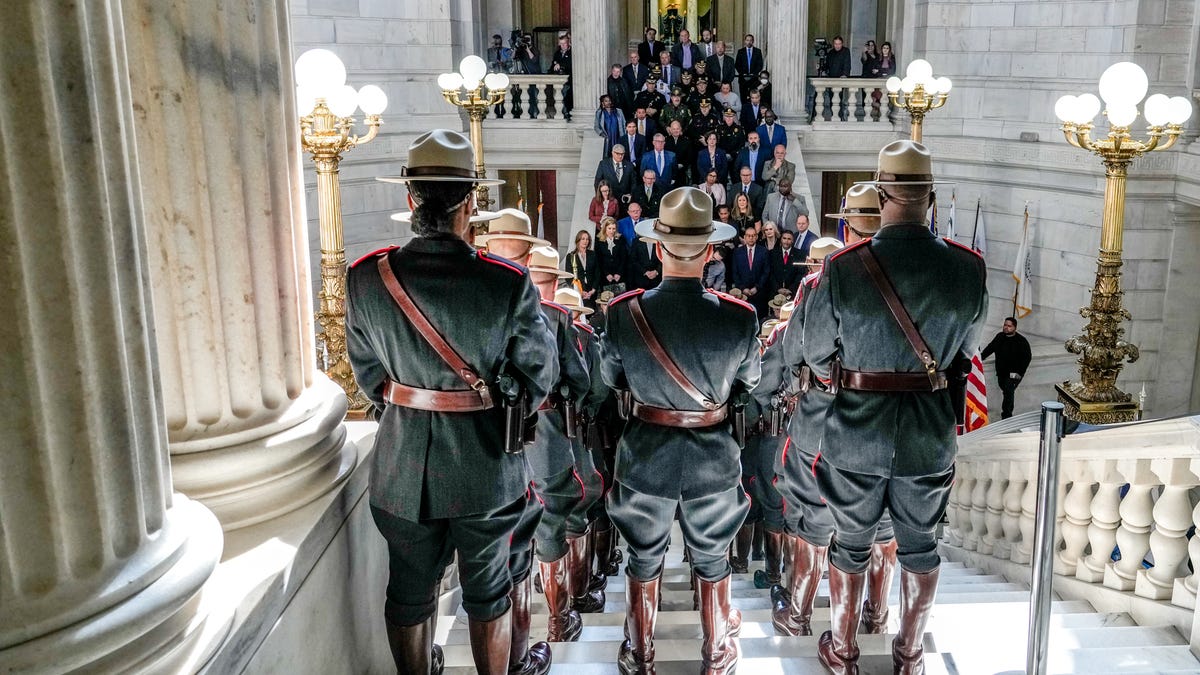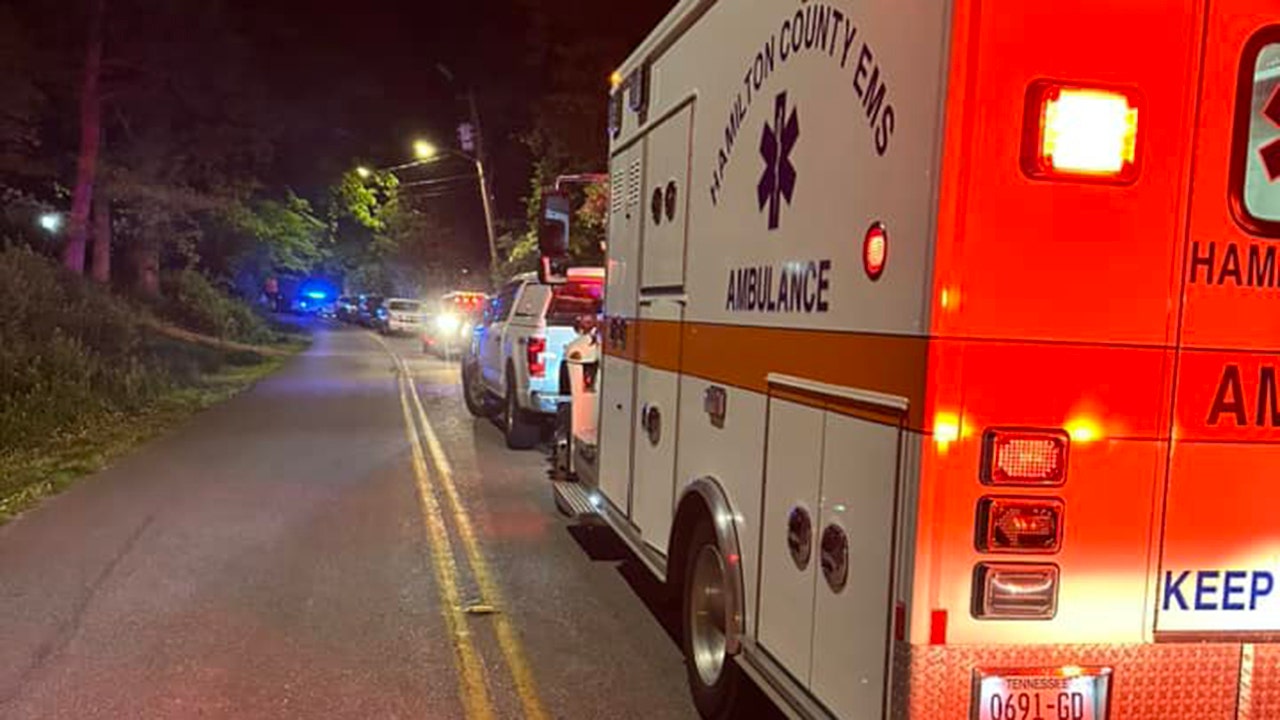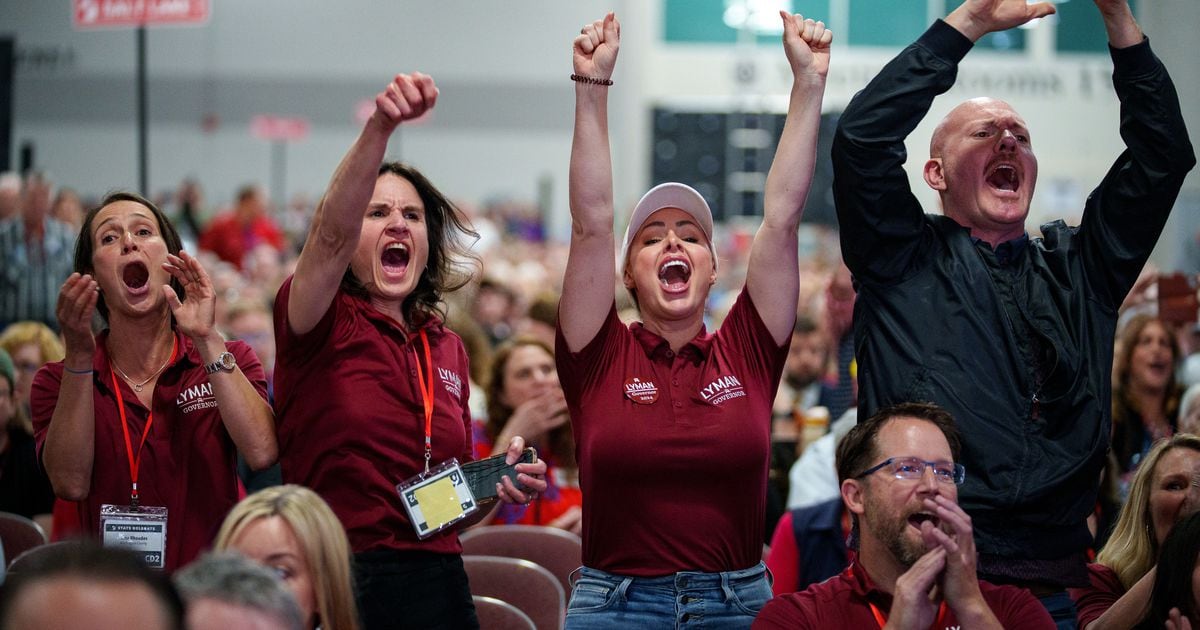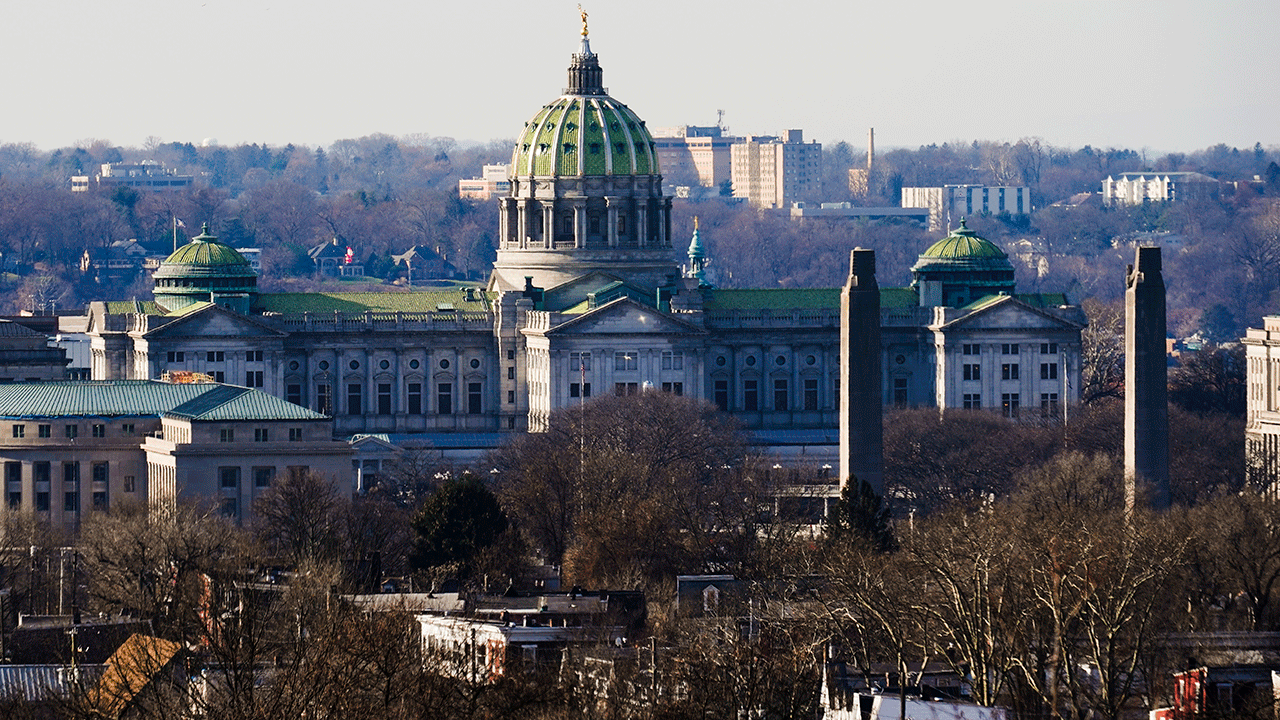Sports
‘Now’s the time’: Former Clippers GM Michael Winger talks about his tenure in L.A.
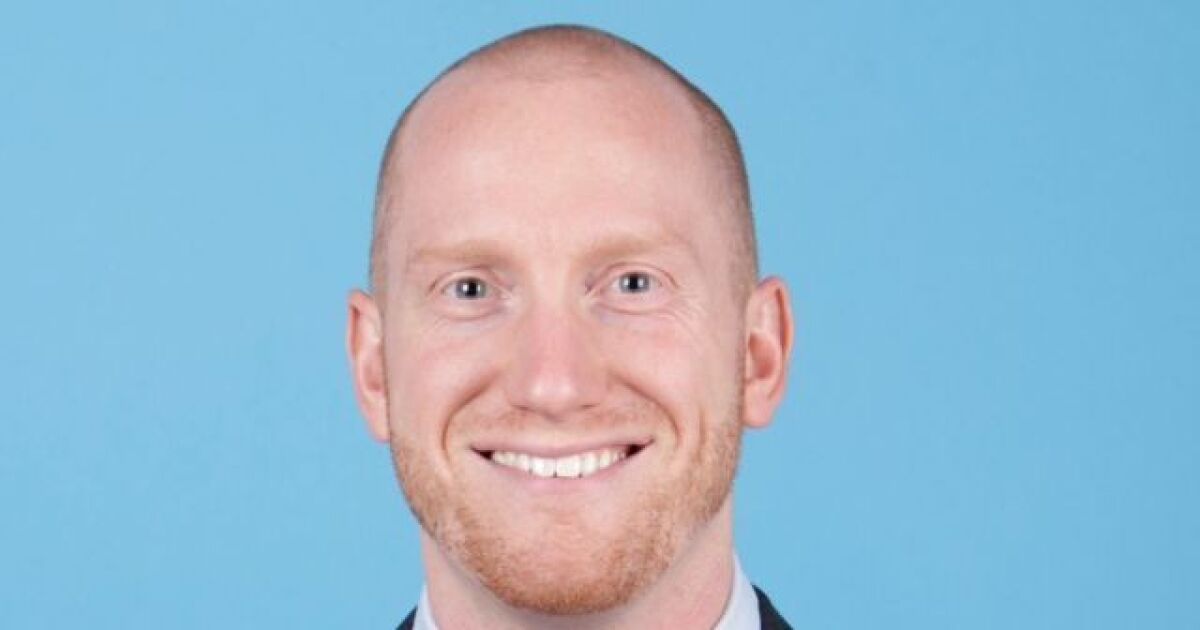
Clippers general manager Michael Winger was working with a group of team executives late on July 5, 2019, out of temporary office space in Manhattan Beach, when an earthquake briefly interrupted their plan to change the course of franchise history.
The earthquake struck while the group was attempting to put the final details together to trade with Oklahoma City for All-Star Paul George, and secure the commitment of free agent and NBA Finals most valuable player Kawhi Leonard. Seeing windows shaking and tilesfalling from the ceiling, Winger and his Clippers colleagues ran toward what they hoped was a structurally integral area.
“We all ended up in a stairway, in our minds, running for our lives,” Winger said.
Once the shaking subsided, they ran back to their makeshift workspace and their conference calls to secure a startling transaction.
The public didn’t know about the moment in part because Winger kept such a low profile as the team’s second highest-ranking basketball executive. He didn’t hold public interviews. In six seasons, the team kept only so much as a headshot of Winger. But other teams around the NBA knew plenty about Winger and his renown for understanding the league’s collective bargaining agreement and salary cap. A few teams checked on his interest in leaving the Clippers. Each time, he stayed.
Until Wednesday. After weeks of conversations with Washington Wizards owner Ted Leonsis, Winger agreed to become Washington’s president of Monumental Basketball, a role in which he will oversee all of Washington’s basketball operations — the Wizards, the WNBA’s Mystics, the G League affiliate Capital City Go-Go, and all of the facilities those teams use.
In his first interview since his hiring, Winger told The Times on Thursday that he left now because he had reached a point in his career, which included previous stops in Cleveland and Oklahoma City, where he wondered whether he would have an opportunity to be a lead executive.
“And if I do ever have the opportunity to do it will I have the opportunity to do it for the right owner, for the right fan base and the right market?” he said. “And seldom I think in pro sports do those opportunities come along where almost all of your boxes, if not all of your boxes, are checked. And this was I think the rare and supremely fortunate opportunity for somebody like me to check all the boxes: ownership, market, fan base, already a talented team.”
The geography helped. Winger lived in Baltimore during his last year of law school while also working for a sports agent, and had strong memories of driving into D.C. to visit friends.
“I just felt like if I’m ever going to challenge myself, now’s the time and Ted’s the right person,” he said. “I think D.C. is the right fan base.”
Winger plans to officially wind down his role with the Clippers next week before turning his attention fully on the Wizards. He will leave behind a six-year tenure in which Winger, as part of a brand-new front office under Lawrence Frank, president of basketball operations, traded Blake Griffin to transition the Clippers from their Lob City era to that of Leonard and George in less than 18 months.
He said he leaves most pleased that team owner Steve Ballmer “is happy with the team” and progress on a new Inglewood arena, slated to open in 2024, and that the team — once a place league staffers and players avoided under the ownership of Donald Sterling — had become an attractive destination.
In February, he was one of several key voices supporting the addition of guard Russell Westbrook, whom he knew well from Oklahoma City, “loved” that Westbrook ultimately joined and revived his career.
Far shorter, he said, was the list of the plans that had yet to materialize. Injuries have cut short each of the team’s last three postseason runs, including in 2021, when the deepest postseason in franchise history ended in the conference finals — a run he feels confident would have gone further if healthy.
From left, Clippers center Mason Plumlee, forward Kawhi Leonard and forward Paul George look on from the bench as time runs out in overtime against the Denver Nuggets on Feb. 26 in Denver.
(David Zalubowski / Associated Press)
“I would have liked to have won one or more championships in the four years that we’ve had Paul and Kawhi, but every team that tries to win a championship and doesn’t wishes that they would have won a championship,” Winger said. “I mean, certainly winning at the highest level would have been awesome. What else? That’s really it.
“I personally am gonna be sad that I don’t get to experience however many years Paul and Kawhi have left together because I think that they are a championship tandem. I believe that to my core that those two guys when healthy can absolutely win a championship, so I’m a little sad that I’m not gonna be there when they finally do.”
His challenge with the Wizards is not dissimilar to what he walked into with the Clippers in 2017 — turning a team with a history of playoff shortcomings into a viable contender.
The Wizards last made the playoffs in 2021, their only postseason appearance since 2018. The franchise has not advanced past the second round since 1979. Winger has familiarity with the coach tasked with the turnaround, as Wes Unseld Jr. interviewed with the Clippers for their top job in 2020.
While interviewing with Washington, Winger said relatively little time was spent charting his immediate thoughts for a roster that is slightly below the luxury tax with 13 players under contract. Part of that is because Winger will be recruiting and hiring executives in charge of each team, and the plan for the Wizards will be one crafted later by that future executive and Winger.
“We are going to search for a single person to run the Wizards,” he said.
In the whirlwind of his previous 24 hours since his hiring became public, he had yet to speak with any players. That includes All-Star shooting guard Bradley Beal, one of the league’s top scorers but who has battled to stay healthy. The five-year max contract he signed in 2020 includes a no-trade clause.
“His former coaches, his former teammates, they all have extraordinarily high regard for him, and he is unequivocally a superstar,” Winger said. “The hardest thing to do in the NBA is acquire a superstar talent and it’s even harder to acquire superstar talent with his level of character. And so, I think it’s an extremely, extremely fortunate starting point. So to me, that’s really exciting to have somebody like Brad on the team.”
The bulk of his conversations with Leonsis, Winger said, were spent on finding where they aligned on what he called a big-picture vision for building an organization. Winger values process. So does Leonsis, he said. Leonsis wanted to know Winger’s thoughts on developing a “culture” that could lead to sustainable success.
He’s had a key role with a similar effort before, in Los Angeles. Washington presents a familiar task — with, perhaps, fewer earthquakes.
Leonsis “is willing to put forth both the resources and the patience to incrementally build a highly functional, adaptive organization, and if you have that the results almost take care of themselves,” Winger said. “And I was drawn to that vision. And he’s demonstrated that with the Capitals [who won the 2018 Stanley Cup].
“The proof is right there. It’s just a matter of taking some of those principles, injecting the equivalent of the NBA’s nuances into those principles, and hopefully building something that is sturdy, sound, attracts good players, attracts good staff, keeps good players, keeps good staff, and ultimately wins basketball games.”

Sports
College sports on verge of seismic shift with revenue sharing
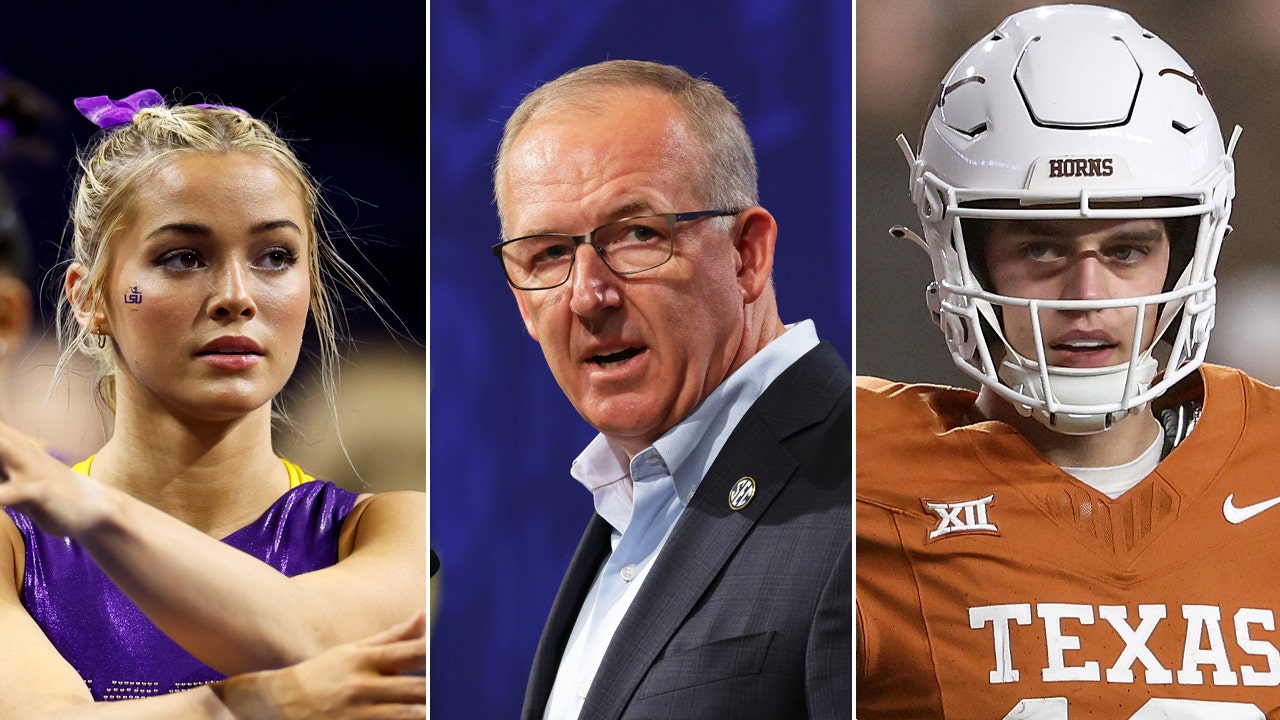
College athletics as we know it could be on the brink of change, thanks in large part to an upcoming antitrust lawsuit that is set to go to trial in January 2025.
The most talked about subject in college athletics at the moment centers around revenue sharing for student athletes, along with former players involved in the House vs. NCAA lawsuit. As we currently stand, the lawsuit filed against the NCAA by current and former players could lead to a judgment of nearly $4 billion to the plaintiffs.
Most experts agree the NCAA will end up having to pay these athletes, with a judgment that could rule in the plaintiffs favor and change the landscape of college athletics when it comes to revenue sharing. According to a report from Pete Thamel and Dan Murphy, the lawsuits have been at the forefront of conversations by conference commissioners and NCAA leaders, which led to ‘deep discussions’ regarding the matter last week in Dallas, where CFP leaders held their Spring summit.
SEC Commissioner Greg Sankey speaks during Day One of 2023 SEC Media Days at Grand Hyatt Nashville on July 17, 2023 in Nashville, Tennessee. (Johnnie Izquierdo/Getty Images)
Besides having to classify athletes as employees of a particular university, the NCAA is trying its hardest to stay away from this classification. One of the more difficult conversations being had besides revenue sharing with current student athletes centers around the NCAA being forced to backpay athletes, which could lead to around $1 billion in settlement figures.
The ongoing settlement discussions would keep all sides out of a court room. One of the bigger components of this upcoming trial is to reach a settlement that is worth the fight. The talk of creating a revenue sharing model with athletes has led to a sense of urgency to come up with a plan that will be smart enough to last.
The antitrust lawsuit at the center of this significant shift in the current landscape in college sports is seeking retro-pay for damages that have occurred due to former athletes not being able to cash-in on their name, image and likeness.
It is important to note that the ongoing lawsuits and revenue sharing are two different entities, though the NCAA and conference leaders are trying to agree on a plan that could take care of both issues, almost at the same time.
In reality, the House vs. NCAA lawsuit might be the biggest moment in the history of college athletics, especially if you consider the ramifications of not coming up with a settlement that would make the lawsuit go away. As part of the ongoing discussions about where the NCAA will go, it should be noted that revenue sharing with student-athletes might be the most logical route.
One thing to remember in the midst of all of this commotion is that athletic departments across the country are currently discussing ways to make life sustainable when revenue sharing is introduced. Even with the amount of money schools in the SEC and Big Ten are making from television contracts, there will still be the need to manage budgets across the country.
Over the course of the last few months, a number of conference commissioners, spearheaded by the SEC and Big Ten, have quietly agreed that creating a new model for revenue sharing is the right move, though it will cost conferences and the NCAA a good chunk of money.
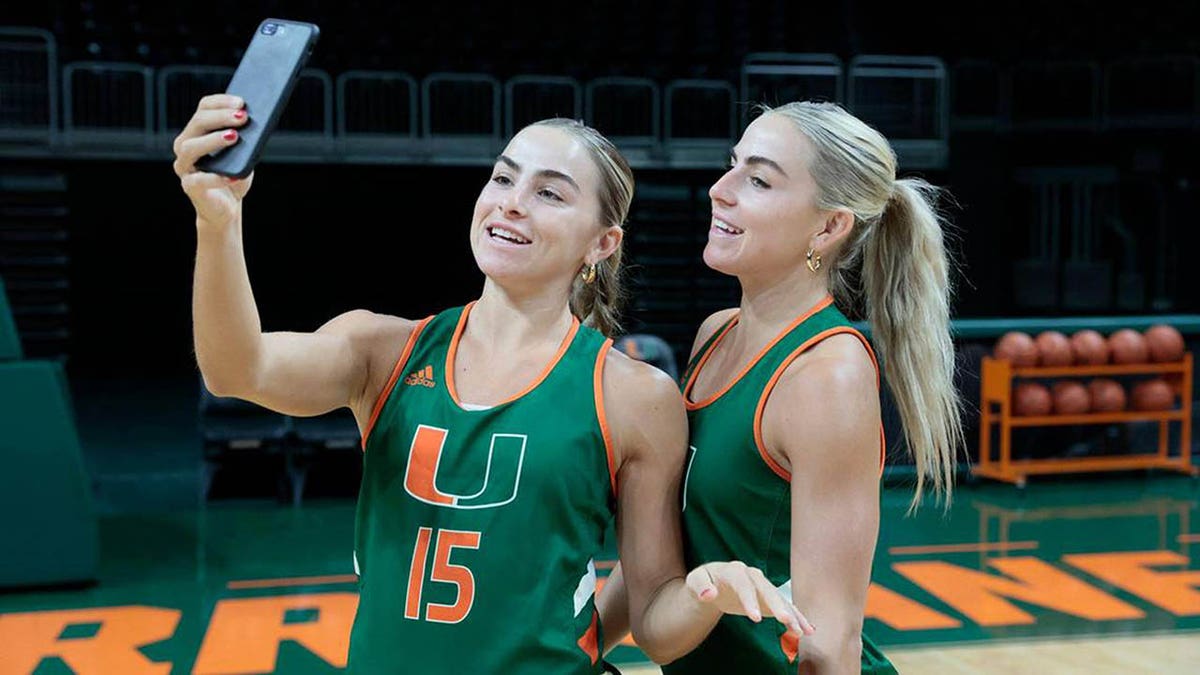
Miami Hurricanes women’s basketball players Haley Cavinder (14) and Hanna Cavinder (15) have more than $1 million in endorsements and have been at the forefront of the college sports NIL movement. (Al Diaz/Miami Herald/Tribune News Service via Getty Images)
According to figures that have been reported over the past month, that figure could end up being anywhere between $13-20 million annually for each school in revenue sharing. This would also lead to an NFL like salary cap for colleges. Though this will likely be the case for most Power-4 schools, it will be interesting to see how this works for Group of Five institutions, who do not carry the same weight financially as others.
‘CAVINDER TWINS’ REVEAL HOW SOCIAL MEDIA SHAPED THEIR FUTURE AFTER GAINING $1.7M IN NIL: ‘IT’S A 40 YEAR PLAN’
But, just like any deal, there are many obstacles and negotiations still have a long ways to go.
Power-4 Conferences Lead The Way In Terms Of Potential Revenue Share
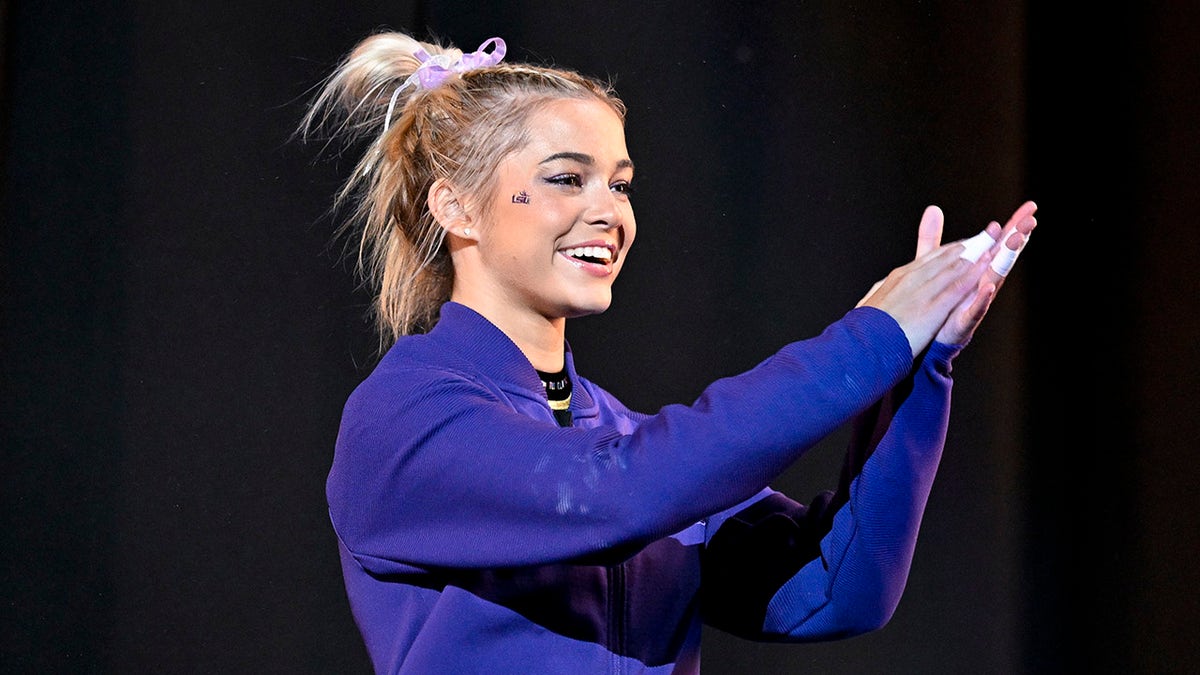
LSU Tigers gymnast Olivia Dunne walks on to the floor before the NCAA Women’s National Gymnastics Tournament Championship at Dickies Arena. (Jerome Miron-USA TODAY Sports)
The most obvious part of this whole conversation and negotiations regarding potential revenue-sharing in college sports is centered around the Power-4 conferences. For schools in the Big Ten, SEC, Big 12 and ACC, the idea of having to split its revenue with athletes will come a bit easier than the commissioners running the AAC or Sun-Belt conference.
If you break it down to a simple form, all of this can be tied to the massive amounts of revenue gained from non-television routes. For most of these schools in Power-4, they have ticket sales, merchandise, booster donations and conference payouts. Yes, a majority of the revenue distributed every year comes from massive contracts with the likes of ESPN, FOX, CBS and NBC, but the schools that have the backing of their powerful conference have much more wiggle-room when it comes to expenses.
Could the addition of revenue sharing force some schools to halt certain construction or projects on the docket? Sure, but this might only be for a short term period, as schools figure out a path to make sure their student-athletes get a cut of the potential revenue sharing model.
Also, we cannot forget the non-revenue sports in these discussions. For sports like softball, baseball and even basketball, a majority of schools do not turn a profit, and that’s not even factoring in the Olympic sports. So, what does revenue sharing look like under Title IX, or for a majority of the sports that are losing money on a yearly basis? This will certainly be a major talking point over the next year, as the NCAA cannot afford any more lawsuits to be filed against them.
We Are Certainly At A Crossroads For The Future Of College Athletics
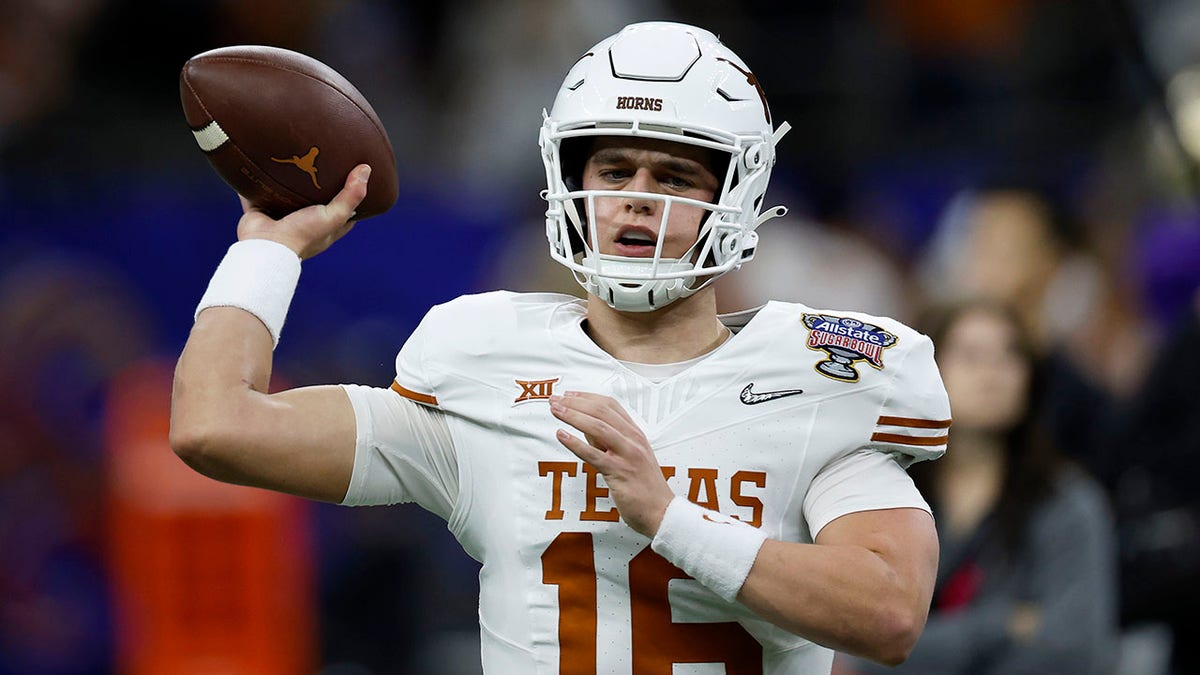
Arch Manning #16 of the Texas Longhorns warms up prior to playing against the Washington Huskies during the CFP Semifinal Allstate Sugar Bowl at Caesars Superdome on January 01, 2024 in New Orleans, Louisiana. (Chris Graythen/Getty Images)
If you were looking for the turning point in the world of college athletics, we are at the fork in the road. As the pending litigation nears, conference commissioners are working on a deadline, and this is moving at a high-rate of speed.
We are approaching spring meetings for every conference around the country, with the SEC set to meet in Destin during Memorial Day week. The ACC and Big Ten will also hold their annual meetings around this time as well, and the conversations will certainly ramp-up during this period. School administrators want to know what type of funding they will need to be looking towards, and a lot of questions will need to be answered by commissioners.
Jim Cavale, who is the founder of Athletes.org and now represents the UAB football team as their player’s association representative, had this to say about the upcoming change in collegiate sports.
“The NCAA and its power conferences cannot create a sustainable model without their respective college athletes speaking into and co-creating that solution,” Cavale mentioned. “This is why we’re organizing college athletes into their own players association through to empower them to play an active role in negotiating any new deal. We’re encouraged that more and more college athletics leaders acknowledge that revenue sharing is part of the future of college athletics. The NCAA potentially settling pending lawsuits is a positive signal but this will not complete the creation of a sustainable, new solution that current college athletes will have negotiated or agreed to.”
Obviously, this affects all sports, so you can expect athletic directors to have plenty of questions, and will be looking for answers. This time last year, we were discussing the effects of NIL and how it was being handled on different campuses around the country, along with transfer rules and how student-athletes could negotiate future earnings.
Now, we’re headed towards two months of meetings that could shape the future of college athletics. Times have certainly changed, and it’s happening at a rapid pace.
Sports
High school baseball and softball: Tuesday's Southern Section playoff scores
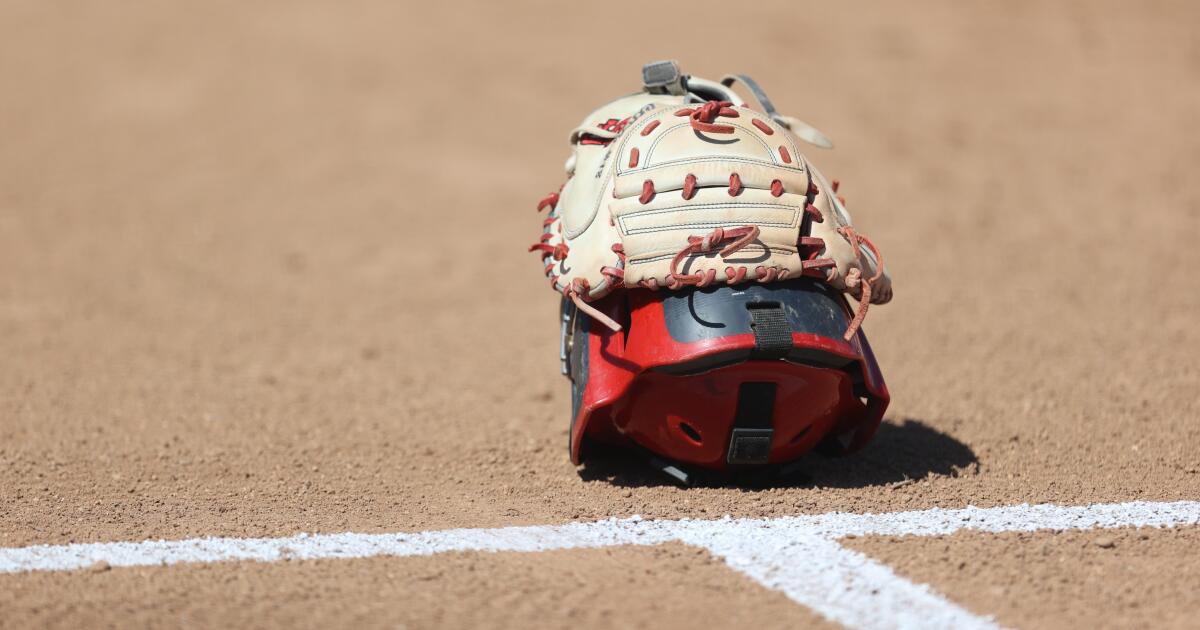
SOUTHERN SECTION PLAYOFFS
Tuesday’s Results
BASEBALL
Wild-card round
DIVISION 8
Academy for Academic Excellence 22, Crossroads Christian 4
Mountain View 7, Animo Leadership 6
Bolsa Grande 9, Rio Hondo Prep 2
Yucca Valley 4, Lennox Academy 1
Edgewood 9, Webb 8
Santa Rosa Academy 5, Hawthorne 3
Santa Clarita Christian vs. Shalhevet (Wed., 2 p.m. at Darby Park)
SOFTBALL
Wild-card round
DIVISION 3
Sonora 2, Long Beach Poly 1
King 10, Dos Pueblos 0
Upland 7, Fountain Valley 6
DIVISION 5
Apple Valley 14, Kaiser 11
Ocean View 2, Santa Clara 1
Village Christian 10, Azusa 2
DIVISION 6
San Gorgonio 11, Nordhoff 0
Santa Ana Calvary Chapel 17, Downey Calvary Chapel 0
Flintridge Prep 16, Anza Hamilton 4
Lancaster 12, Chaffey 7
Rancho Verde 8, Mountain View 4
Rio Hondo Prep 5, Southlands Christian 3
Ontario Christian 7, Bell Gardens 2
Cantwell-Sacred Heart 5, El Monte 4
Pioneer 16, Westminster La Quinta 6
Sports
Astros' Jose Abreu getting sent to A-ball after tumultuous start to season
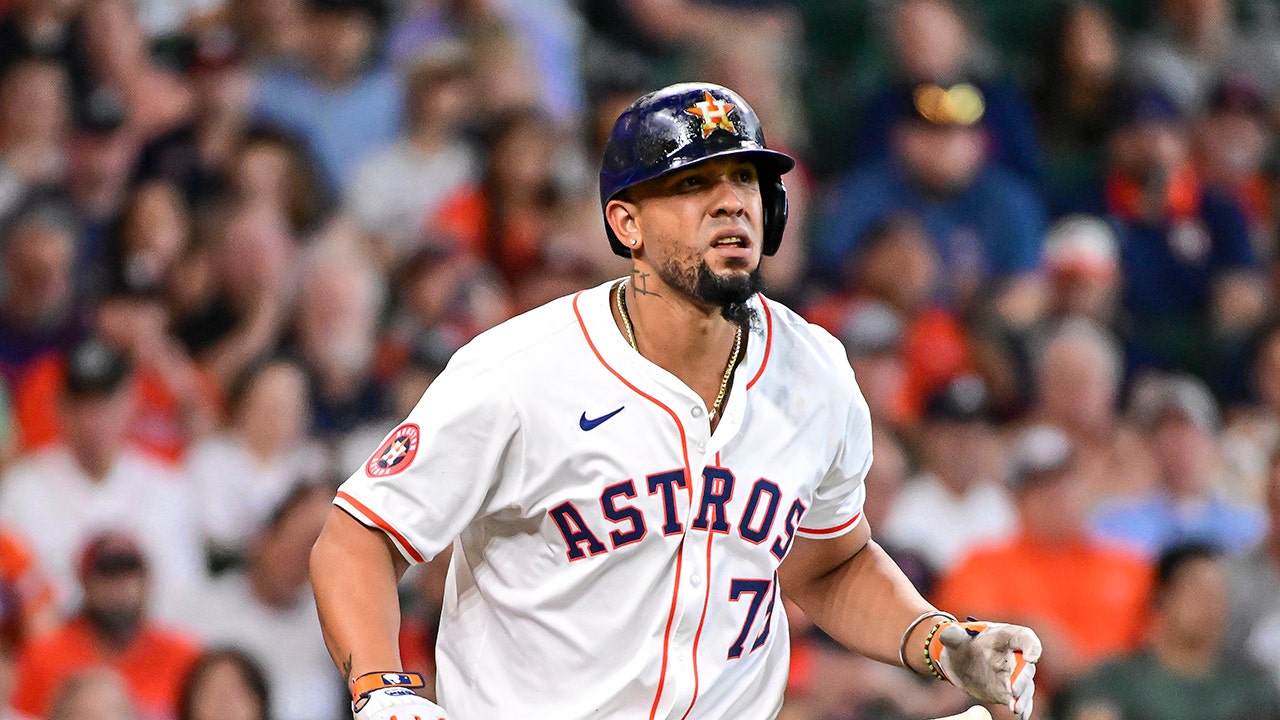
In his first 10 seasons in the Major Leagues, Jose Abreu was named to three All-Star Games, earned three Silver Slugger Awards, and won an MVP in the truncated 2020 season — soon, he is in A-ball.
The Houston Astros announced on Tuesday they will send the first baseman down to the minor leagues on Tuesday as he continues to struggle at the Major League level.
Abreu signed a three-year deal worth nearly $60 million with Houston prior to the 2023 season, and he posted career-lows with a .237/.296/.383 slashline — in 22 big league games this season, he’s hitting .099.
José Abreu #79 of the Houston Astros bats against the Atlanta Braves at Minute Maid Park on April 17, 2024 in Houston, Texas. (Logan Riely/Getty Images)
General manager Dana Brown said the decision was made after a meeting that included himself, Abreu, coaches and front-office personnel — as Abreu is long-non-arbitration eligible, he needed to accept the option.
Brown said Abreu was very receptive during their conversation and had a good attitude about the move.
“José Abreu is an outstanding human being,” Brown said. “He is unselfish and he’s a teammates guy and he wants to get himself back to what he was doing last fall. And so, in the midst of this conversation, you could see that this guy is passionate and determined to get back to helping his team.

José Abreu #79 of the Houston Astros breaks his bat in the seventh inning against the Atlanta Braves at Minute Maid Park on April 15, 2024 in Houston, Texas. All players are wearing the number 42 in honor of Jackie Robinson Day. (Tim Warner/Getty Images)
“And so he unselfishly was on board with an agreement with going back to West Palm Beach and getting some extra at-bats, getting some detailed instruction on what we could do to get him back,” Brown continued.
“He got to the point where he was frustrated,” Brown added. “It’s rare to do it. But I think it tells us about his dedication and commitment and I don’t think he sees this as a long-term and I don’t think we see it as a long-term thing. I think it’s more like… let’s go down, let’s make some adjustments. Let’s get the rhythm and timing back. And I think in his eyes, he’s looking at it as, ‘I’ll be back in a couple of weeks or whatever it takes to get better.’”
He has just one extra-base hit and three RBI in the young season.

José Abreu #79 of the Houston Astros bats against the Texas Rangers at Globe Life Field on April 08, 2024 in Arlington, Texas. (Richard Rodriguez/Getty Images)
It’s not just Abreu who is struggling in Houston — the Astros entered Tuesday at 9-19.
The Associated Press contributed to this report.
Follow Fox News Digital’s sports coverage on X, and subscribe to the Fox News Sports Huddle newsletter.
-

 Education1 week ago
Education1 week agoVideo: Dozens of Yale Students Arrested as Campus Protests Spread
-

 World1 week ago
World1 week agoEU sanctions extremist Israeli settlers over violence in the West Bank
-

 Politics1 week ago
Politics1 week agoFetterman hammers 'a–hole' anti-Israel protesters, slams own party for response to Iranian attack: 'Crazy'
-

 Politics1 week ago
Politics1 week agoDemocrats hold major 2024 advantage as House Republicans face further chaos, division
-

 World1 week ago
World1 week agoPeriod poverty still a problem within the EU despite tax breaks
-

 Politics1 week ago
Politics1 week agoA battle over 100 words: Judge tentatively siding with California AG over students' gender identification
-

 News1 week ago
News1 week agoUniversal Studios Tram Crashes, 15 Injured, 1 Critical
-

 Movie Reviews1 week ago
Movie Reviews1 week agoShort Film Review: Wooden Toilet (2023) by Zuni Rinpoche
